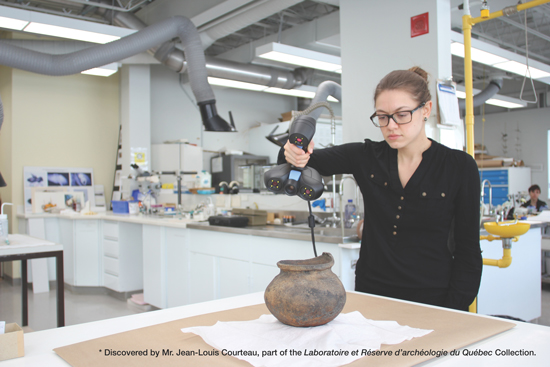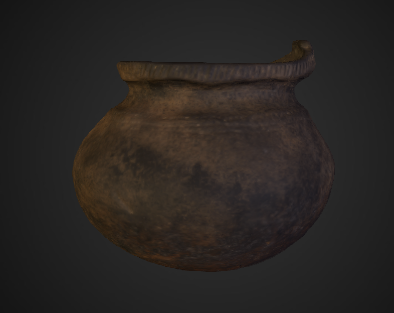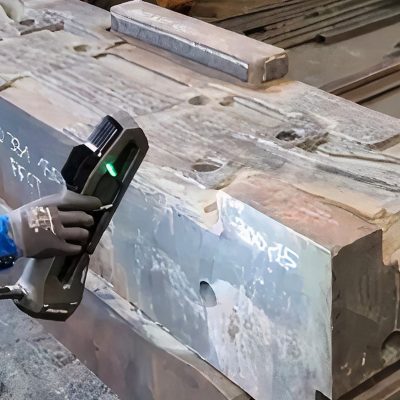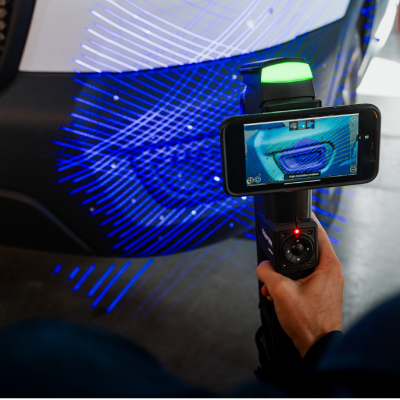April 15, 2024
Use of 3D scanner increases efficiency and reduces labor and material costs See the articleEarly in 2014, Creaform was contacted by representatives of the Quebec Ministry of Culture and Communications for a quite unusual task: scanning an ancient vase. The Native historical artifact, which was of high archeological interest, was a rare and serendipitous find.
The antique vase
In late October of 2013, a recreational diver, Mr. Jean-Louis Courteau, was exploring the Lac des Seize Iles (Lake of the Sixteen Islands) with his colleague, Mr. Jacques Lech. The 5-km long lake is located in the Laurentians region (north of Montreal), about 22 km west of popular resort town St-Sauveur-des-Monts.
At the bottom of the lake, Mr. Courteau discovered the a ncient pottery, a still intact small historical vase (14 cm high and 18 cm in its widest part), which could contain about 2 liters of food. While it is relatively common to find fragments of such objects, whole ancient vases of that age and in good condition are much harder to come by; in this case the water, and the stable environment preserved the archeological find. Mr. Courteau thankfully did everything needed to safeguard the artifact: he kept it humid with the lake’s water, in order not to dry it prematurely, and immediately communicated with the Minstry’s archeologist team.
All wrapped up in wet towels, the ancient pottery arrived at the Quebec Archeological Laboratory and Reserve in mid-November, 2013. The vase was immediately placed in a cold chamber, in order to preserve it before it was restored. Archeologists who examined it determined that it comes from the Huron Native tradition, dating from the Late Woodland Period, before or at the beginning of contact with Europeans.
According to archeologist and experts, the archeological discovery was isolated, and the vase was probably simply abandoned or dropped in the water while Huron tribes crossed the lake while wandering the territory, over 500 years ago.
Since its discovery of this indian artifact, the vase was washed with deionized water and lightly brushed to remove any traces of clay coming from the lake, then dried in a controlled environment. After the drying phase, the scanning could occur, in order to analyze the object further.
3D Scanning an archeological artifact
The ancient vase presents an important crack in its bottom part, but the conservators were waiting for the scan and 3D model to decide on how to proceed.
For the heritage preservation experts at the Ministry, both the texture and the color of the object were very important and had to be well represented in the scan. Conservator Isabelle Paradis explained that the scan needed to show the vase’s very fine decor, as well as its worn surface. The handheld 3d scanner Go!SCAN 3D was perfect for the task: its high-resolution captured the details perfectly (and in full color), while its ease of use and speed streamlined the process –a plus given the fragility and value of the object.
The scan, as well as the resulting 3D model and 3D-printed reproduction, were a great way of analyzing the artifact without actually having to handle it more than necessary.
Following the scan, André Bergeron, curator-conservator for the Ministry, decided not to attempt to repair the crack, in order to “avoid changing the vase’s appearance and to prevent invalidating future analyses”.
The 3D model of the vase, which was scanned with our handheld 3D scanner Go!SCAN 20 the 3D Model is available for download here.
Images of the vases used with the permission of the Quebec Ministry of Culture and Communications, Quebec Archeology Laboratory and Reserve. Artifact discovered by Mr. Jean-Louis Courteau.









